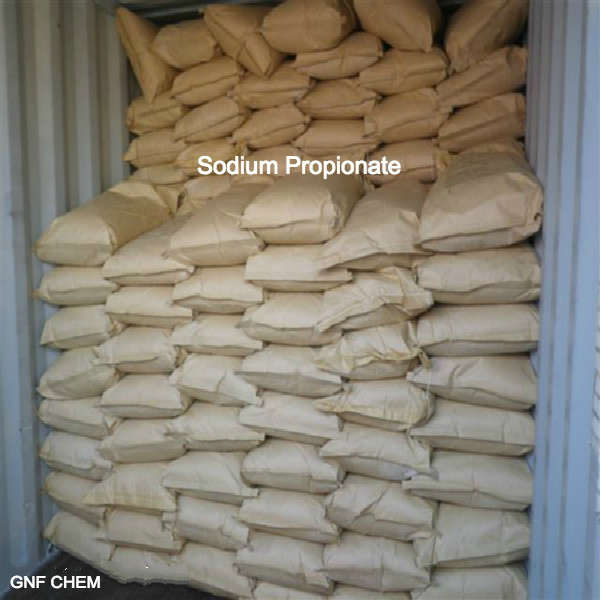Sodium propionate (Sodium Propionate) is a commonly used food preservative, and its preservation mechanism mainly involves the following aspects:
1. Penetration of cell wall
Sodium Propionate can penetrate the cell wall of microorganisms, enter into the cell interior, destroy the metabolic process of microorganisms, thus inhibiting the growth and reproduction of microorganisms.
2. Inhibiting enzyme activity
The active molecules of sodium propionate can penetrate the cell wall of mold and other cells, inhibit the activity of intracellular enzymes, block the pathway of microbial synthesis of β-alanine, and then inhibit the reproduction of mold.
3. Formation of high osmotic pressure
Propionic acid molecules can form high osmotic pressure outside the mold cell, leading to dehydration inside the mold cell, thus losing the ability to reproduce.
4. pH dependence
The preservative effect of sodium propionate is significantly affected by pH. In an acidic environment, it can effectively inhibit the growth of various types of molds, aerobic bacilli and gram-negative bacilli, and is especially effective in preventing the production of aflatoxins. However, its inhibitory effect on yeast is relatively weak.
5. Wide range of antibacterial effects
Sodium propionate has a wide range of antibacterial effects on molds, yeasts and bacteria, and is most active in acidic pH.
Summarization
In summary, sodium propionate exerts its preservatives effects through a variety of mechanisms, including penetration of cell walls, inhibition of enzyme activity, formation of high osmotic pressure, and inhibition of microorganisms in acidic environments. These properties make sodium propionate an important preservative in the food industry, and it is widely used in a variety of food products, such as bread, pastries, dairy products, meat products, etc., in order to prolong the shelf-life and improve the safety of food.
